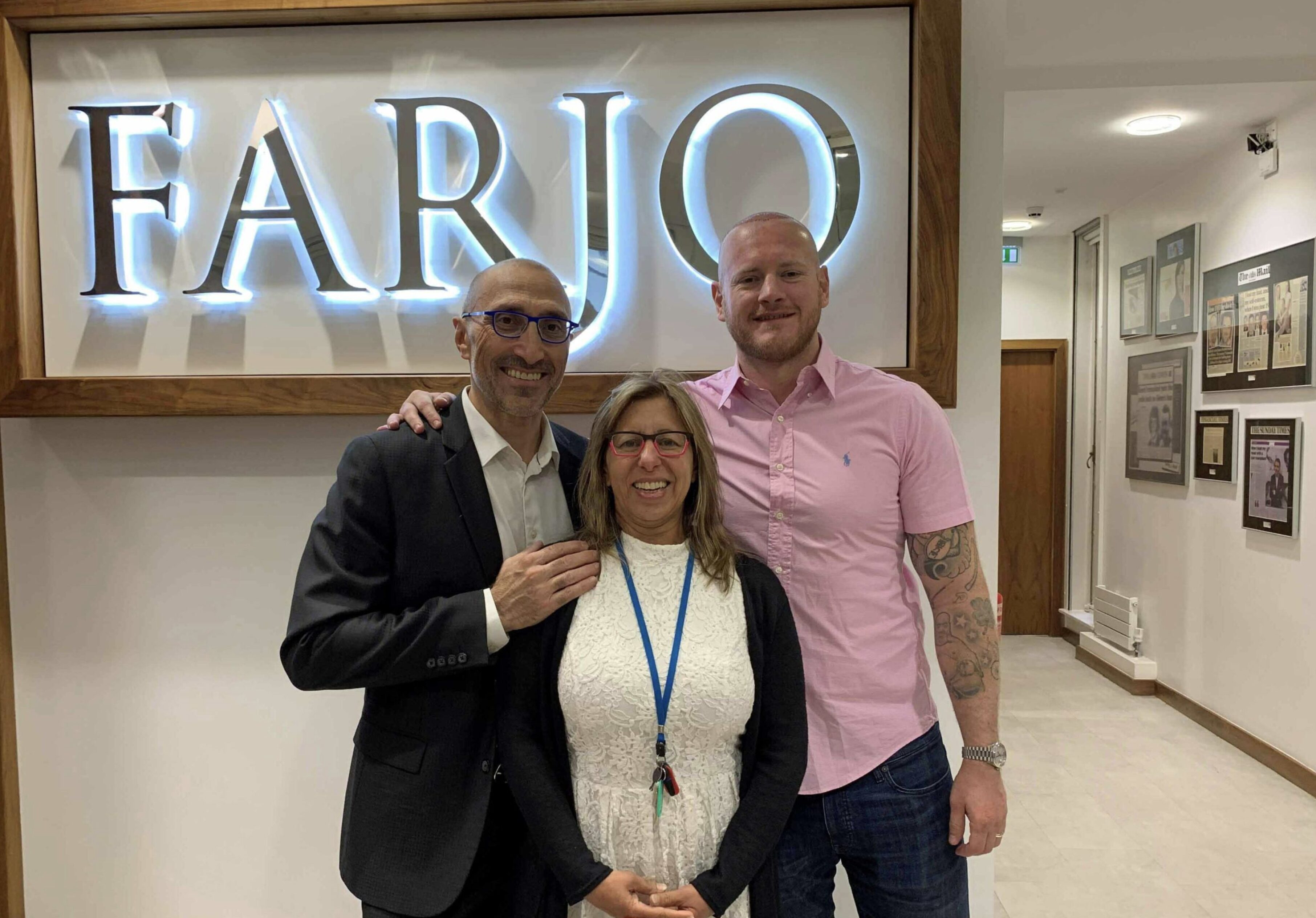
Burn scar alopecia – is a hair transplant possible?
4th November 2020
Burn scar alopecia, as the name suggests, refers to hair loss as a result of scarring caused by some type of burn injury, such as scalding from hot water or cooking oil.
These burns can cause serious and long-lasting damage to the skin, including the hair follicles, which can leave areas of bald, scarred skin.
One method of treating burn scar alopecia is with a hair transplant. Unfortunately, however, not everyone is a suitable candidate.
The main factors that affect someone’s suitability are the amount of hair loss they’re suffering with, the severity of the scarring and how much suitable donor hair they have – hair that can be taken from another area of the body.
Yet other factors, such as if you suffer from pattern baldness or there’s a significant family history of advanced pattern hair loss, can also impact your suitability for a hair transplant.
When it comes to hair transplant surgery itself, there are two main techniques used: follicular unit excision (FUE) and strip follicular unit transplantation (FUT). However, scarring does make the process much more challenging.
FUE involves groups of hair follicles being extracted individually before being transplanted into the recipient area of the scalp. While Strip FUT is where a strip of skin – complete with hairs and follicle groups – is removed and dissected to separate each hair follicle group into grafts, which are then inserted into the recipient area.
If you would like to know more about the possible treatments for burn scar alopecia and whether you’re a suitable candidate for hair transplant surgery, our team would be happy to talk through your options.


